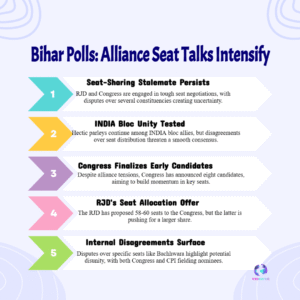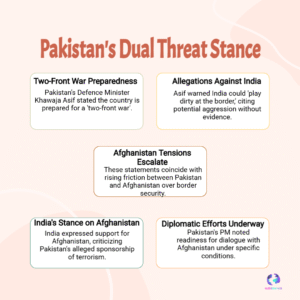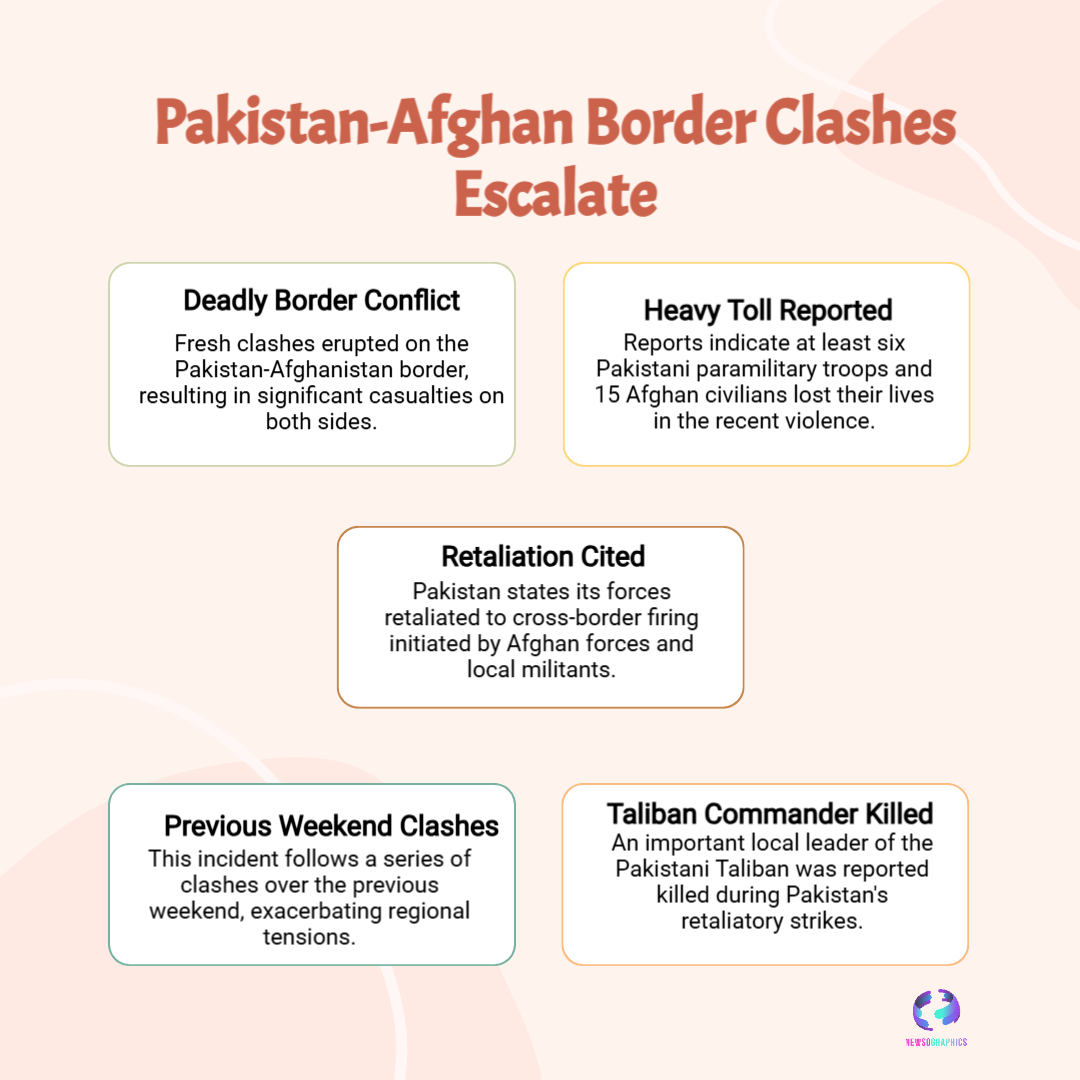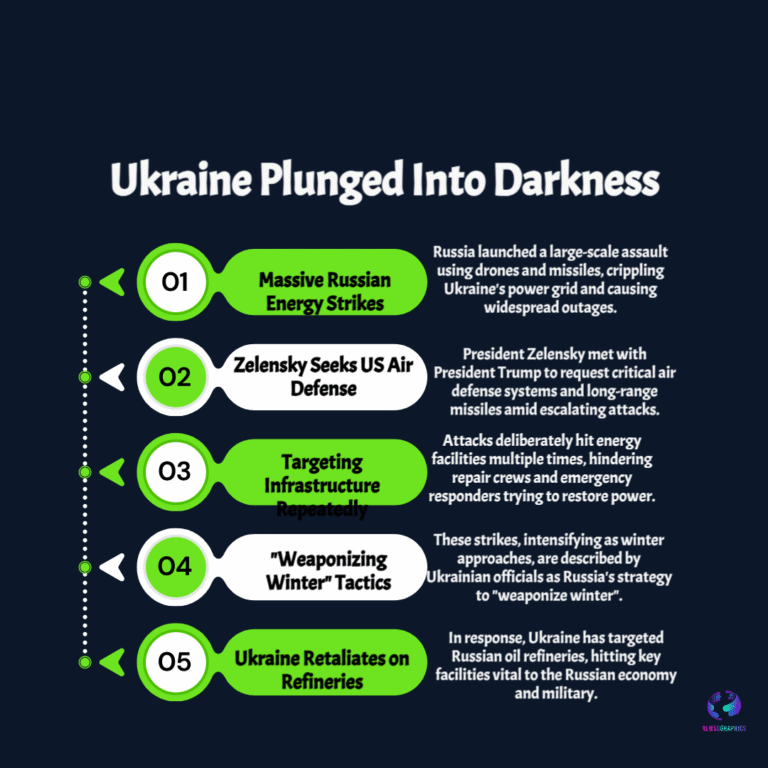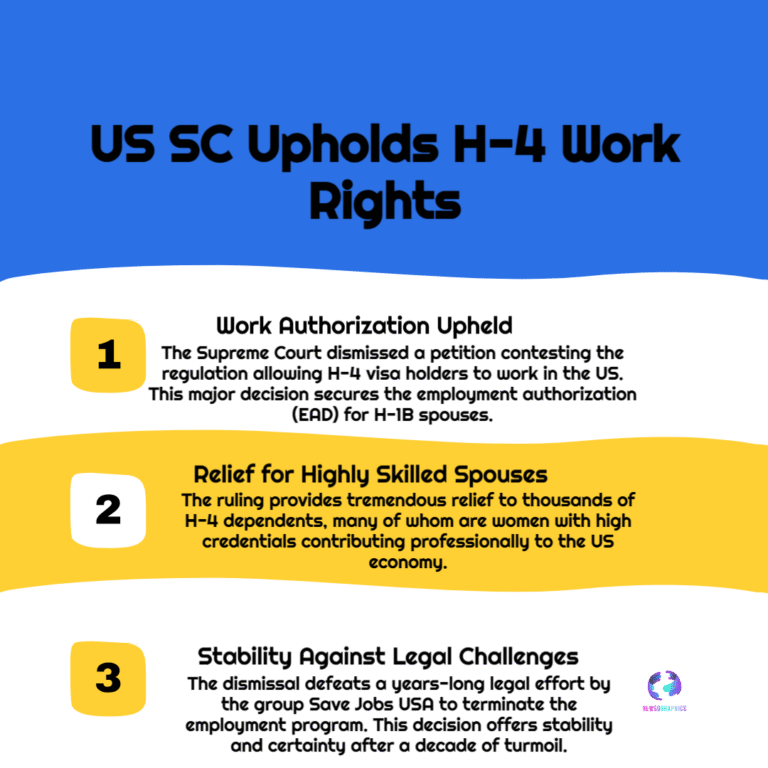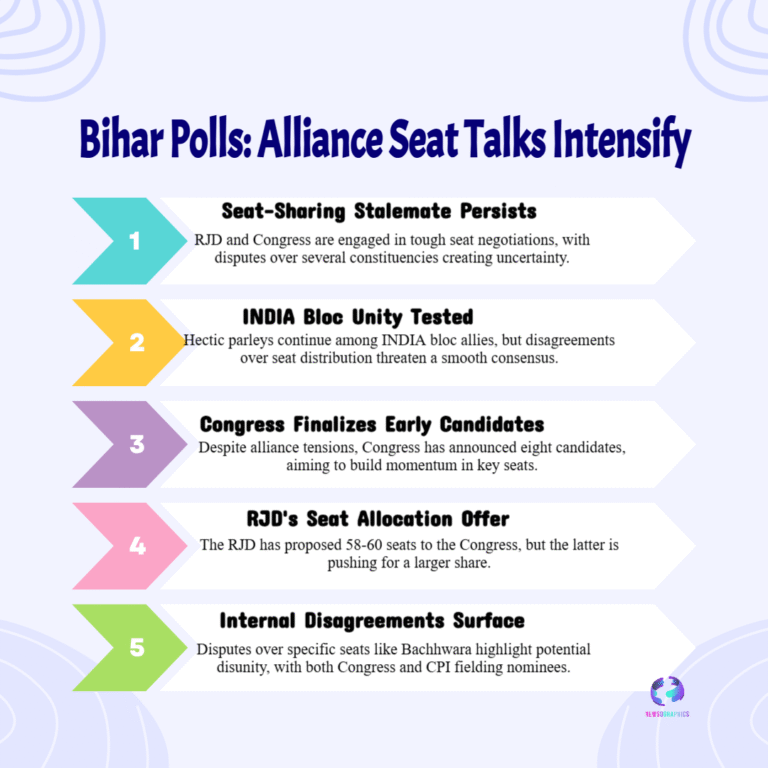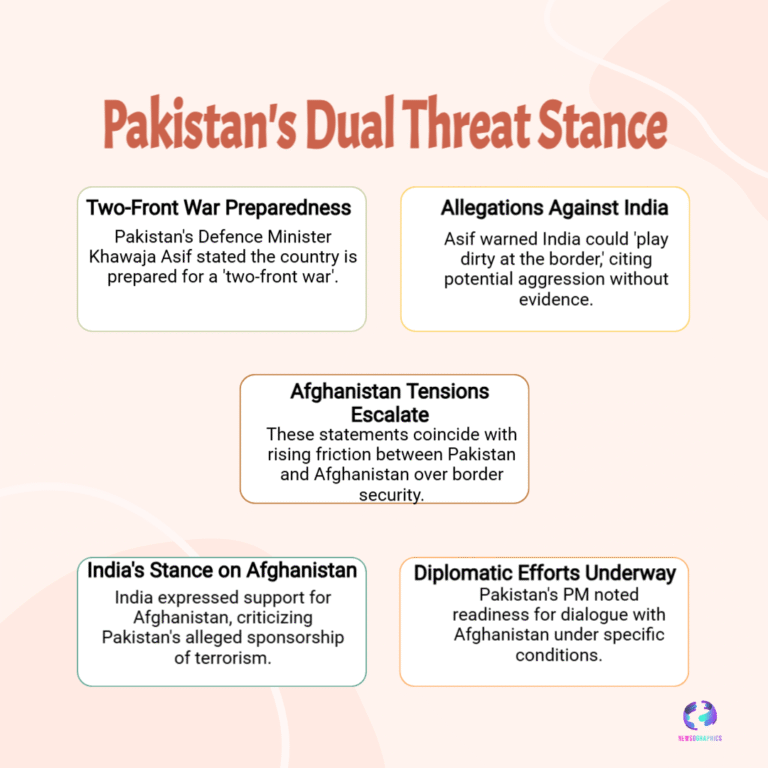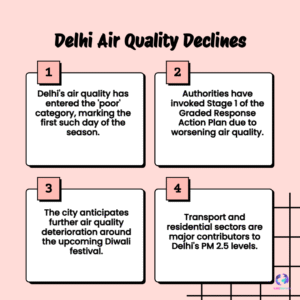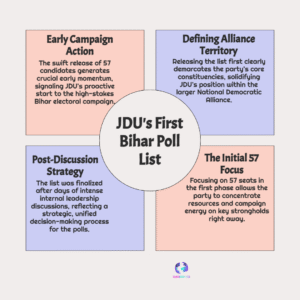Fresh deadly clashes erupt on the Pakistan–Afghanistan border in October 2025. Read a concise 600-word summary on casualties, border closures, civilian toll, and diplomatic responses.
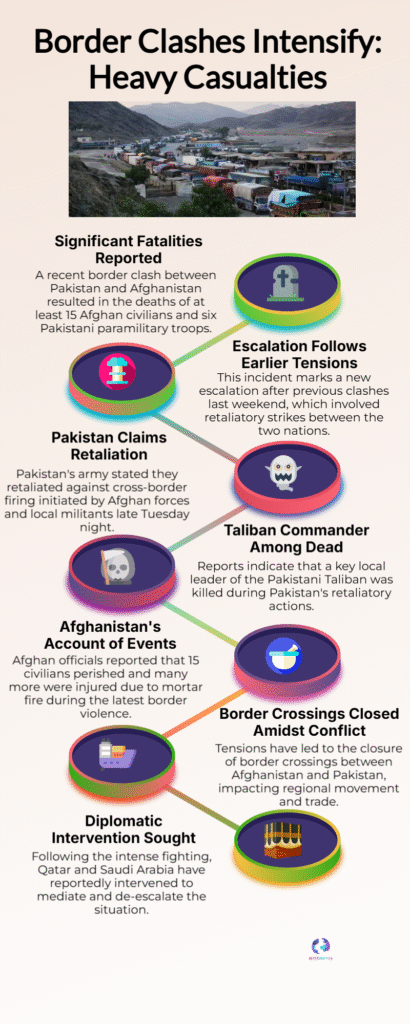
Fresh and deadly clashes have flared along the Pakistan–Afghanistan frontier in mid-October 2025, deepening a week of escalating violence that has disrupted cross-border trade and raised alarm across South Asia. Local media reported that six Pakistani paramilitary troops were killed in the latest exchange of fire, a development that follows earlier, larger-scale confrontations between the two sides.
The violence is part of a broader bout of fighting that began days earlier, when multiple border engagements left dozens dead on both sides and prompted temporary closure of several crossing points. International outlets report competing casualty claims: Pakistani authorities and state media described heavy losses among militants and fighters inside Afghanistan, while Afghan officials and Taliban spokespeople offered differing tolls, including claims of dozens of Pakistani military fatalities in separate incidents. These contradictory counts reflect the fog of active conflict and the rapid flow of battlefield claims.
Operationally, clashes were reported across several sectors of the porous frontier — including areas of Khyber Pakhtunkhwa and the traditional transit corridors near Chaman and Kurram — where militants, Afghan security actors and Pakistani forces have long squared off. The intensity and geographic spread of fighting have prompted emergency posture changes among Pakistani units stationed along the border.
Civilians have borne a heavy toll. Reports indicate that Afghan civilians were killed in cross-border incidents and that thousands of residents in frontier districts have temporarily halted trade, closed markets and avoided travel while the situation remains unstable. Disruptions to truck convoys and the closure of border gates have immediate economic consequences for local communities reliant on cross-border commerce, and the longer the front remains contested the greater the humanitarian and commercial impact.
Beyond the immediate battlefield, the clashes carry important diplomatic risk. Regional and global actors have urged restraint and de-escalation, warning that continued fighting could widen into broader confrontation and complicate fragile regional ties. Moscow and other capitals have publicly called for calm, while local diplomacy works behind the scenes to restore communications and reopen trade arteries. Analysts highlight that repeated cycles of tit-for-tat violence risk hardening red lines and creating a more dangerous status quo along the frontier.
Why this flare-up matters: the Pakistan–Afghanistan border is a long, difficult-to-police zone where insurgent groups, cross-border militias and state forces intersect. Recent incidents come amid accusations—especially from Islamabad—that Afghan territory shelters groups that carry out attacks inside Pakistan. Those accusations, and any military responses, create a cycle of action and counter-action that feeds instability. International observers warn that unless both capitals restore clear channels of communication and agree on de-escalation mechanisms, similar violent spikes could reoccur.


